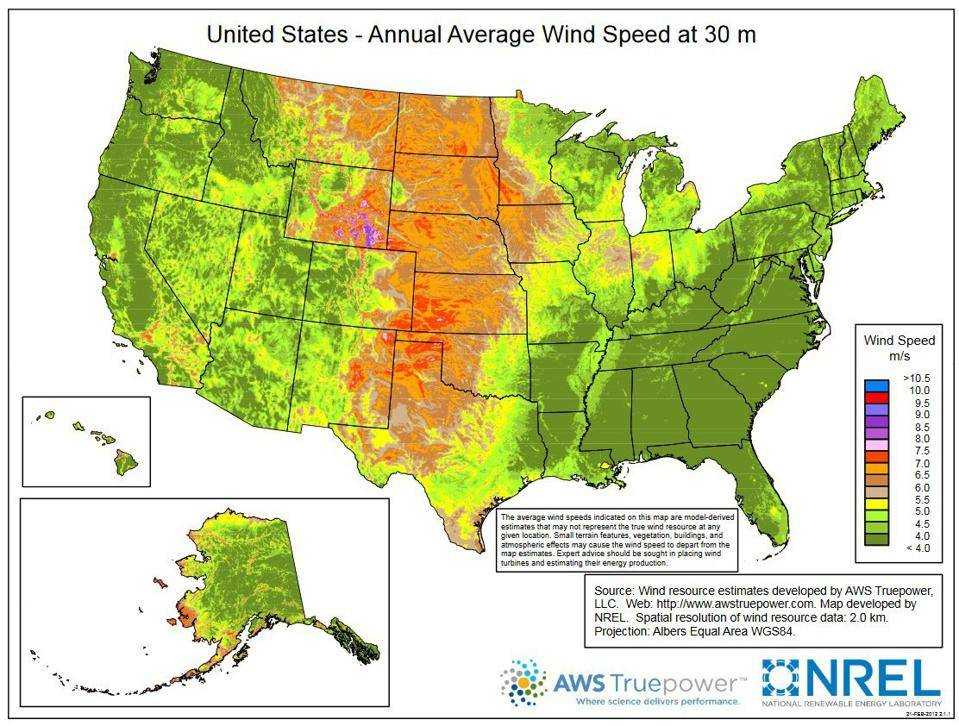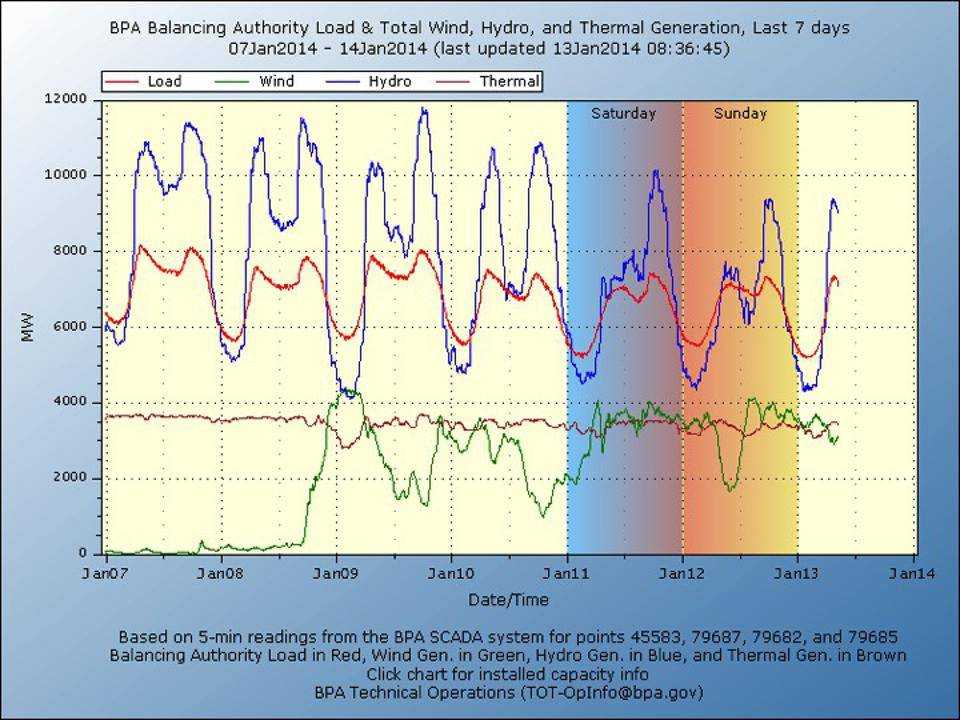Wind Turbines on Horse Heaven Hills in Washington – How Not to Pursue a Green New Deal

[ad_1]
The Horse Heaven Hills, in the Tri-Cities Washington, is a beautiful basalt monocline in the east … [+]
Courtesy of John Clement
Boulder, Colorado company named Scout Clean Energy applied for a permit to build a massive turbine wind farm in Washington State on the Horse Heaven Hills, stretching from the town of Benton City, through the Tri-Cities, to the town of Finley (see figure above). The wind farm will have over 250 turbines 500 feet tall and covering approximately 6,500 acres (over 10 square miles).
But the Pacific Northwest is a bad place to build wind turbines for two very good reasons. Power will not move any fossil fuels but will only move hydro, another renewable. And the wind in this region just doesn’t produce much energy, only 30% of its total capacity.
There is growth opposition to this project in the region, just for these reasons.
Interestingly, Scout Clean Energy asked Site certification going straight to state authorities, bypassing the county government, knowing that the the locals don’t want that and hoping the state’s goal of 100% non-fossil fuels by 2045 will push it against them.
The real problem is that Scout Clean Energy is building this wind farm in bad shape.
Tornado alley is the optimal location for wind turbines in the United States (see figure below where the average wind speed exceeds 6.5 m / s), pushing capacity factors at 50%, and made wind the second-largest power producer in Kansas, South Dakota and Iowa, where they are effectively replacing coal-fired power.

Tornado Alley is a nickname given to an area of ​​the Central Plains of the United States that … [+]
NREL
The capacity factor is the percentage of the time that a system provides its nameplate or installed capacity. The capacity shown on the nameplate multiplied by the capacity factor is the actual power of the production system.
According to the Clean Energy Scout plan, the nominal capacity of the new farm will be 1,150 MW. The capacity factor of this wind farm being only 30%, the production will in fact be only 345 MW on the operational level. Wind turbines in this area have an average capacity factor of only 27%.
In comparison, the capacity factor for the Columbia Power Plant, our local nuclear power plant, is at 98%. With a nominal capacity of 1,207 MW, it produces approximately 1,180 MW continuously, more than 3 times that of the proposed wind farm of similar size.
Scout Clean Energy claims that this wind farm will offset 3.5 million tonnes of CO2, but that is not true either. There is little fossil fuel in Washington State, which is made up of 70% hydropower, 8% nuclear, 13% renewables (mainly wind), 5% gas and 4% coal, the latter coming from a single coal-fired power station to be phased out in 2025.
This new Scout Clean Energy wind turbine will only replace hydroelectricity, another renewable energy source, thus having no effect on carbon emissions, no matter where the energy ends up. We know this because that’s what happens all the time in this state. The figure below is an example of a weekly electrical load map of the Bonneville Electrical Authority, which is the main system operator in the Pacific Northwest.
The grid should be tightly balanced between the load, or power consumption of the grid, and the power coming into the grid from all power sources, as shown in this BPA load graph below.

The load or draw is red and the power sources are blue (hydro), green (wind) and brown (coal, gas … [+]
BPA
The load in this graph is in red and the energy sources are blue (hydro), green (wind) and brown (thermal – coal, gas and nuclear). Note that hydropower is used almost exclusively to track the load and balance the grid. When the load goes down, or more energy comes into the grid like the wind, the hydropower drops. When the load increases or the wind decreases, hydropower increases.
Whenever wind power comes onto the grid, hydroelectric generation is abandoned or curtailed, dumping water on dams rather than turbines. This common practiced. And will continue, and even increase, if the Scout Clean Energy Project goes ahead.
This wind farm will have no effect on climate change or carbon emissions, will not replace fossil fuels at all, spoil the magnificent vistas of this region, provide an insignificant number of temporary construction jobs and preferentially kill the raptors and migratory birds in the greater region. Pacific Northwest Flyway area. But it will do Olympia good.
And it will definitely make someone out of state a lot of money.
[ad_2]
